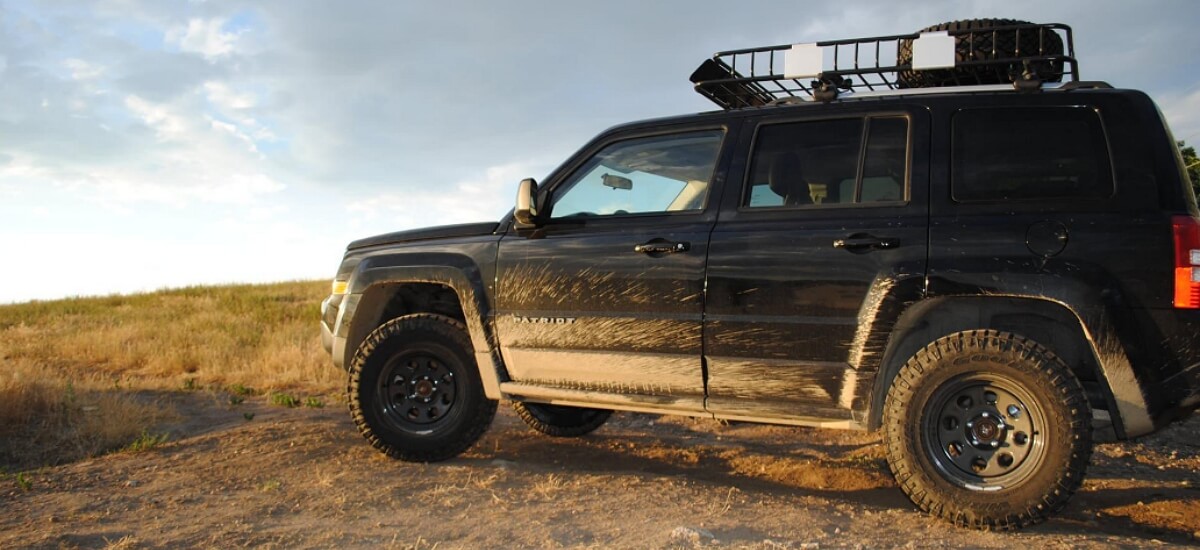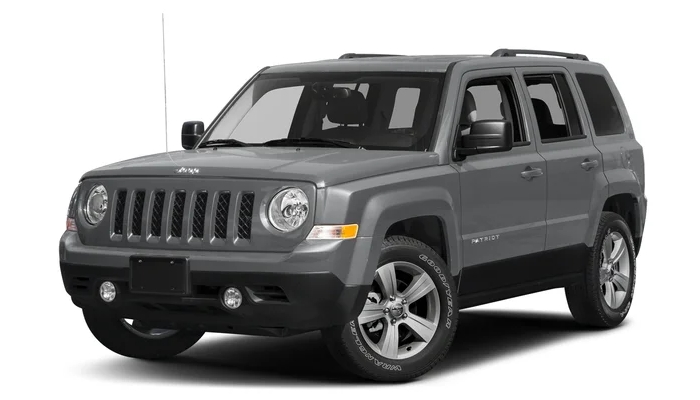Lift Kit Installation Instruction
There are different types of lift kits for the Jeep Patriot, and some of them are just 2- or 3-inch spacers. So, if you were wondering, what is the most popular way to lift the Jeep Patriot, its 2-inch spacers. When installing any kind of lift kit on your Patriot, make sure to check the installation instruction that comes with the kit. The generic installation instruction is available here. However if you decided to install not just the new spacers, but the new struts and shocks, here is the instruction you may be looking for.


Leveling Lift Kit 3" Front 2" Rear 2015-2022 Chevy Colorado GMC Canyon 2WD 4WD

3" Full Lift Kit+2" Rear Trailing Arm Spacers for Subaru Impreza Forester Legacy

Black 3" Front 3" Rear Leveling Lift Kit W/ Shock Extenders for 03-10 Hummer H2

Dual Steering Stabilizers For Ram 2500 3500 4WD 2014-2022 Fit 2.5"-6" Lift Kit
- Gather the necessary tools and equipment for the installation, including a lift kit, jack stands, hydraulic jack, wrenches, socket set, and torque wrench.
- Start by parking the Jeep Patriot on a flat and level surface, and engage the parking brake for safety.
- Locate the front and rear suspension components that need to be modified or replaced with the lift kit. These typically include springs, shocks, and control arms.
- Begin with the front suspension. Use the hydraulic jack to lift the front of the vehicle and place jack stands securely under the frame for support.
- Remove the front wheels using a lug wrench and set them aside.
- Locate the front springs and shocks. Start by removing the lower bolts on the shocks using a socket wrench. Then, carefully compress the spring with a spring compressor tool and remove the upper bolts securing the shocks. Slowly release the tension on the spring compressor to remove the spring.
- Install the new front springs included in the lift kit. Make sure they are properly aligned and seated in the spring perch. Attach the new shocks to the mounting points and tighten the bolts according to the manufacturer’s specifications, using a torque wrench.
- Move to the rear suspension. Use the hydraulic jack to lift the rear of the vehicle and support it with jack stands.
- Remove the rear wheels using a lug wrench and set them aside.
- Locate the rear springs and shocks. Start by removing the lower bolts on the shocks using a socket wrench. Then, carefully compress the spring with a spring compressor tool and remove the upper bolts securing the shocks. Slowly release the tension on the spring compressor to remove the spring.
- Install the new rear springs included in the lift kit. Ensure they are properly aligned and seated in the spring perch. Attach the new shocks to the mounting points and tighten the bolts according to the manufacturer’s specifications, using a torque wrench.
- Once the new springs and shocks are installed on both the front and rear suspension, lower the vehicle off the jack stands using the hydraulic jack.
- Reinstall the front and rear wheels and tighten the lug nuts with a lug wrench.
- Double-check all the bolts and connections to ensure they are properly tightened and secure.
- Lower the Jeep Patriot to the ground and remove the hydraulic jack.
- Test the suspension by bouncing the vehicle a few times to ensure it functions properly and there are no unusual noises or issues.
It’s important to note that this guide provides a general overview of the installation process. The specific steps and requirements may vary depending on the lift kit manufacturer and the model year of your Jeep Patriot. Always refer to the manufacturer’s instructions and guidelines for your specific lift kit for the most accurate and detailed installation procedure.




